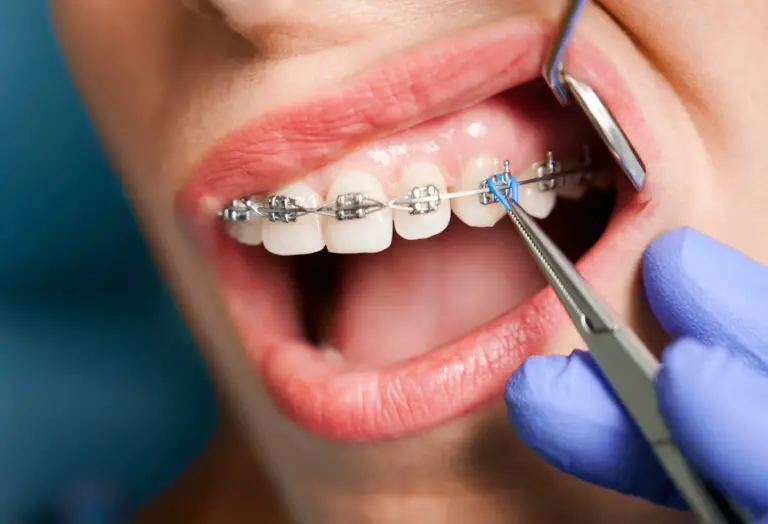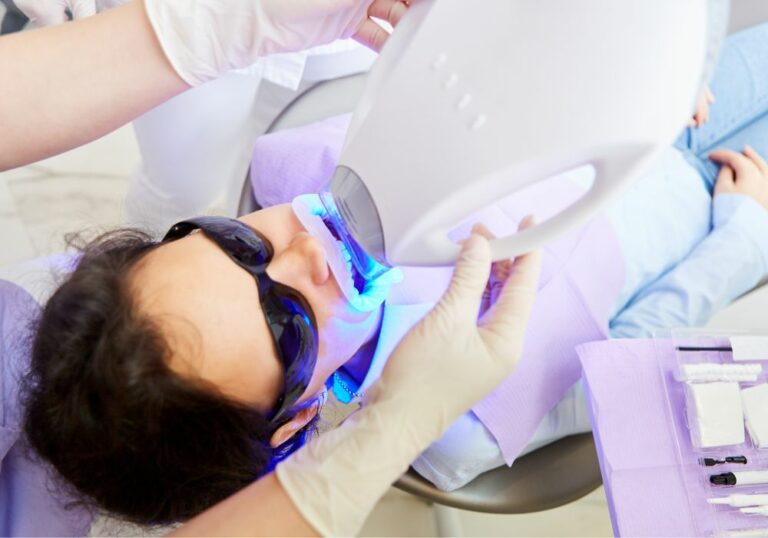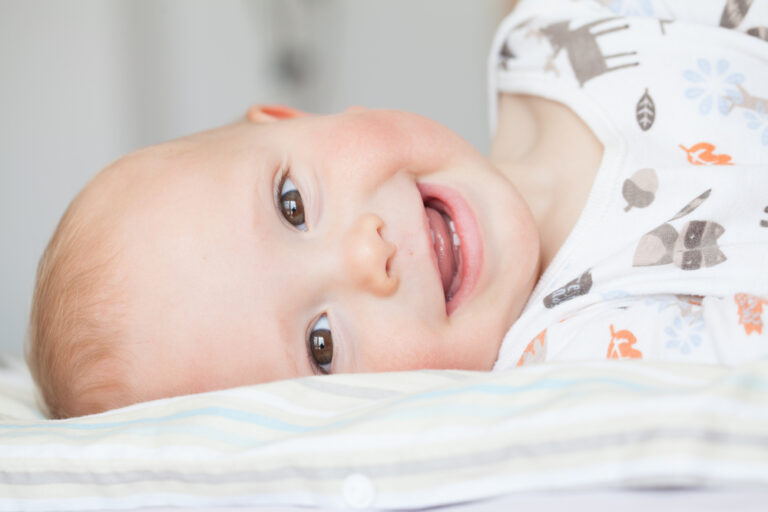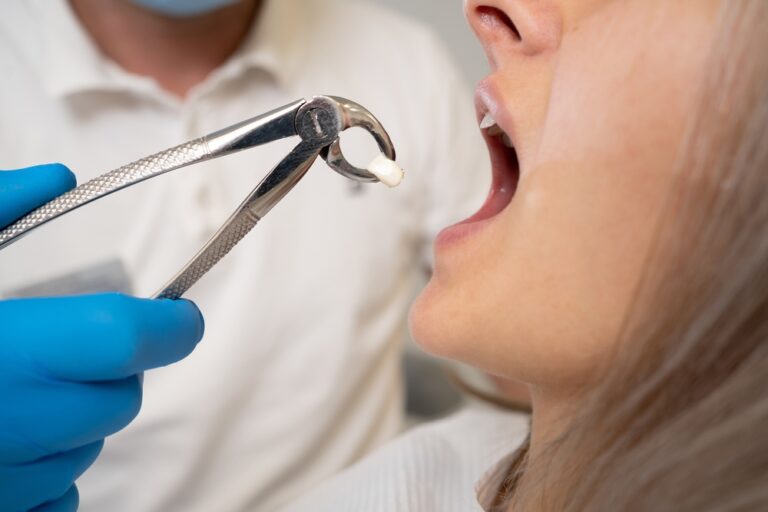Does your dog growl when you pet him? That can be very tricky, especially for new dog owners who do not know how to interpret this behavior and how to behave correctly!
I have had situations where my dog, usually cheerful and friendly, would suddenly start growling while being petted. It is also a confusing situation because, in one moment, the dog shows its belly, enjoys the scratches, and then starts behaving aggressively!
Therefore, a common question is: “Why does my dog growl and show teeth when I pet him? There are numerous reasons, so let’s check them out!
6 Reasons Why My Dog Growls and Shows Teeth While Being Petted
Before discussing concrete reasons behind their growling and teeth showing, let’s review some basic information. Growling is a form of communication for dogs, and when your dog is growling, he is usually signaling discomfort!
On the other hand, you probably remember the saying, “Many men, many minds.” The same goes for dogs; growling is not always a sign of aggression. Interestingly, there is more than one growling sound, and they all have different meanings.
So, if you listen closely, you may notice a difference, but in those moments, it is understandable if you do not because you do not want your dog to injure you or your guests!
1. Growling as a Sign of Excitement
Although this might seem like an oxymoron, some dogs growl out of happiness and excitement. A while back, my friend had a dog that would growl, show its teeth and lick them at the sight of seeing me.
The first couple of times, the encounters were a bit odd, but over time, I understood that it was his way of showing excitement.
Also, my friend would say that the dog is smiling (showing its teeth), but when you see a big husky, trust me, it does not look like it’s smiling. However, growling can be differentiated by a number of factors.
You can distinguish pleasure or happy growling from other types because it sounds almost like a cat purring; it is a low and affectionate growl with an occasional moan or two. In such a situation, always look at the dog’s behavior and what it is trying to signal.
If its tail is stiff and tucked, it is a sign of anxiety and discomfort. However, if your dog has a loose stance, its mouth is relaxed, and the tongue is exposed, the dog is actually enjoying the petting treatment, although the growling might suggest otherwise.
Also, if a dog shows its belly, that is a sign of trust, and if it growls while lying on the back, it is usually a sign of pleasure and excitement. For example, dogs can growl out of pleasure when playing with them.
My dog is a larger breed (mixed-breed) and often growls and barks when we play tug of war which many people mistake for acts of aggression. However, some dogs can be unpredictable and behave aggressively despite showing no physical signs, such as a hard stare, barking, or snarling.
Therefore, you must see growling as it is- mainly, it is a warning signal and can mean different things for different dogs!
2. Growling as a Sign of Pain
Have you ever experienced a situation where you pet a dog, playing with it, and suddenly it starts whining and growling? Well, I have! Dogs also growl and whine for medical reasons!
Sometimes you press or touch a sore or injured spot, and they immediately react by jumping and growling. The reason can range from an injured paw or infected ear to serious medical conditions, making dogs behave aggressively.
For example, there is a condition called hypothyroidism which is a hormonal imbalance. Common symptoms of this sickness include mood swings, anxiety, irritability, and many others that make a dog behave aggressively.
So, if you notice unusual behaviors, your best option is to have your dog checked by a vet, so you can learn whether your dog is growling because it is injured or has an underlying disease.
3. Growling As a Sign of Sensitivity
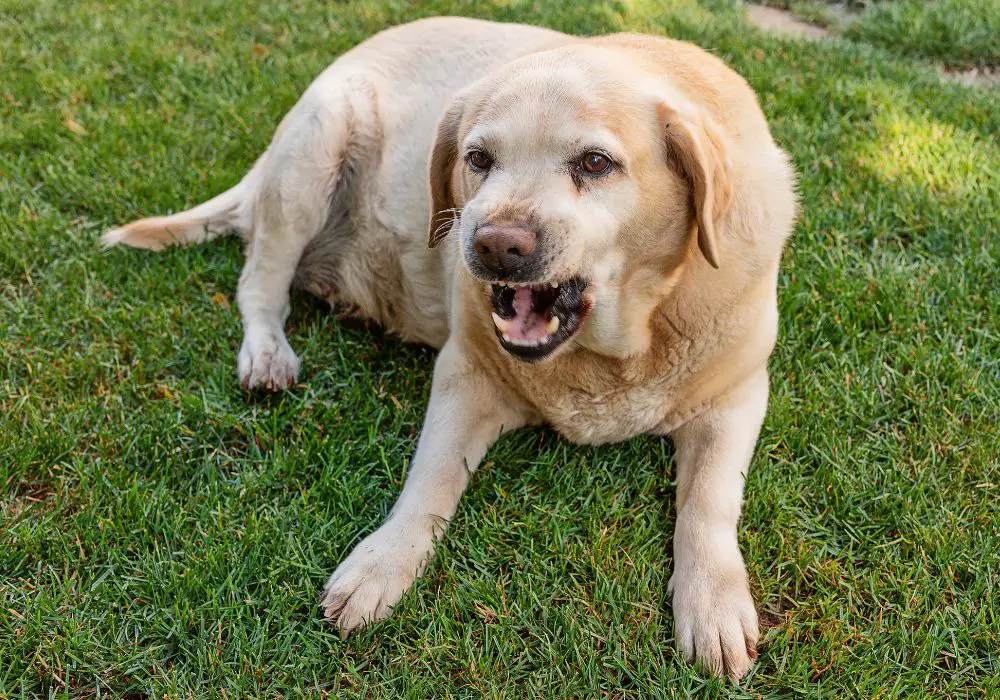
Again with the analogy with humans, but dogs have some similarities with us, although we are completely different species. Some people do not like it when you touch their hair or other body parts.
The same goes for dogs. While most dogs like to be petted on their belly, back, or chest, some areas are off-limits and will result in growling and showing teeth. For example, most dogs do not like when you touch their head, muzzle, ears, and especially paws.
This type of behavior can be related to their socialization, which did not include touching these areas, and obviously, they may feel anxious or even try to bite.
You can use several tactics to desensitize your dog so it will not complain while being touched in those areas.
You can try teaching your dog tricks involving touching its paws and ears. For example, the most common trick dog owners teach is to shake their paws.
When training your dog, always use treats so the dog has a reinforcement (such as delicious food) delivered upon a correct response. On the other hand, be careful with training your dog because sometimes we can encourage undesired behavior!
4. Growling As a Sign of Dislike
Did you know that dogs can sense energy? Yes! Several studies have shown that dogs can differentiate different energy types and behave according to their ‘reading.’ Why am I telling you this?
Dogs can growl while being petted by a person they do not like or that you do not like (the person, not the dog). As said, they can read the energy, and dogs often emulate their owners’ behavior.
On the other hand, most people do not like when a stranger suddenly hugs them and enters their personal space. The dog may initially be wagging its tail, but as the person gets closer to them, you can see in their body posture that something is wrong.
Also, some dogs have had specific fears of certain people. My sister’s dog generally dislikes men, especially those with beards (oddly specific), and always behaves aggressively toward them.
In addition, some dogs are trained to respond to strangers and immediately view them as a potential threat. For example, some dog breeds like Cane Corso or Belgian Malinois are highly protective and can be unpredictable.
That is why it is tricky when people jump to pet your dog without asking and enter its personal space.
5. Growling As a Sign of Frustration
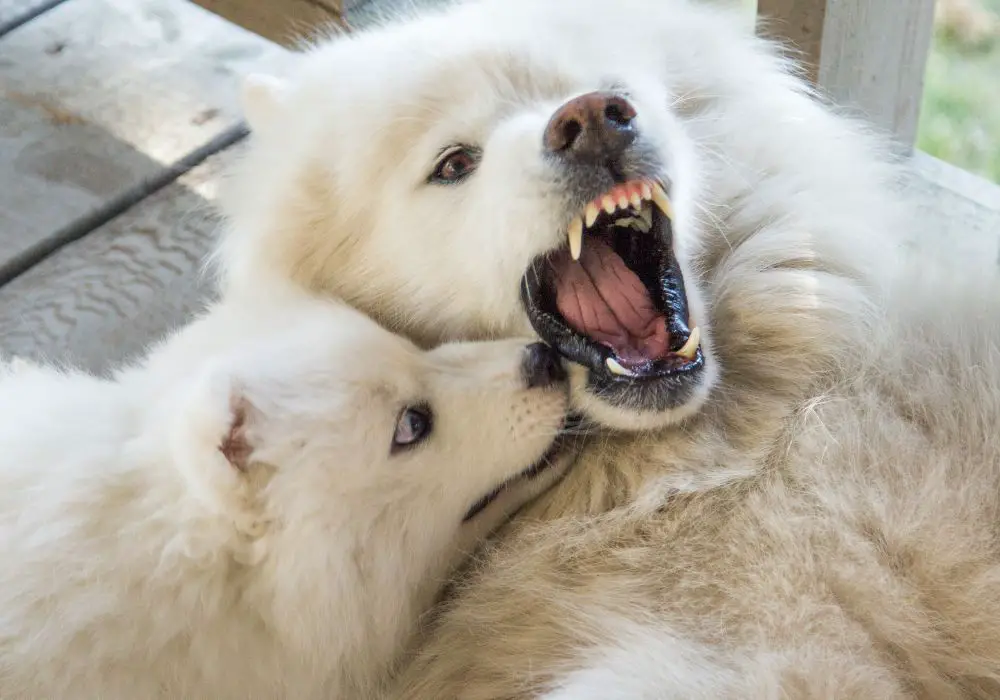
What do people do when they are frustrated? They sigh, roll their eyes, or their heart starts racing! What do dogs do when they are frustrated? Well, sometimes they can growl.
Dogs growl as a sign of frustration because they do not get what they want. This type of growl sounds more like snarling and is followed by a moan or a high-pitched sound at the end. For example, if you walk your dog on a leash and it sees another dog.
Your dog will want to sniff the other dog, and if you do not let him, it can growl to show you displeasure. Similar behavior can occur if a dog does not get a treat, toy, or bone and starts throwing a tantrum.
For some, this growl sounds very similar to aggressive growling, and even though the dog may not mean harm, you must be able to know the difference.
On the other hand, dogs communicate hunger differently, and that growl could mean “I’m hungry.” Some dogs bite and nip when constrained or have too much energy and no outlet.
6. Aggression
Most veterinarians will tell you that puppies are not born to be aggressive, but they can inherit tendencies that turn them into aggressive dogs.
There are various reasons a dog displays aggressive behavior, and it can be related to its specific breed, past trauma, or learned behavior.
A dog growling as a sign of aggression will snarl, teeth bare, bark, grumble and snap at the air. In addition, it is not unusual to see a dog growling and wagging its tail at the same time. Some dogs are generally not very friendly and can growl at the sight of any other dog.
In some situations, dogs should be aggressive and protective, for example, if a stranger attacks you or tries to steal your possessions. However, it is very important that the dog can read the room, so it will not attack your family member or friends.
That is why training and socializing your dog at an early age is highly important.
Sometimes dogs can have triggers that cause an innate response ranging from fear and anxiety to aggression.
Conclusion
So, there are many reasons why dogs growl: it ranges from medical issues, aggression, frustration, dislike, territoriality, sensitivity to certain body areas, and excitement.
If your dog growls and shows teeth while petting, making you anxious and scared, contact a professional dog trainer or a behavioral specialist!
How do you deal with your dog growling and showing teeth? Please share your opinion with us! If you have any questions, do not forget to ask in the comment section!


